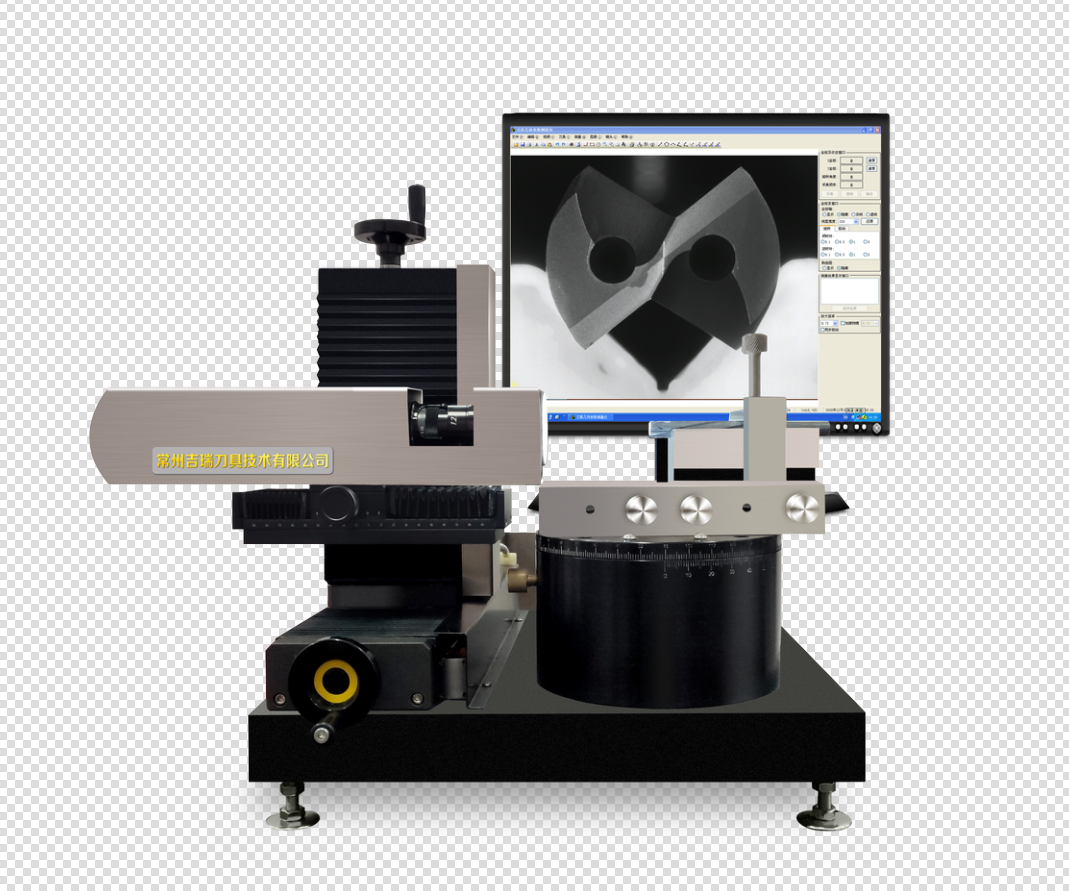News Center
The mystery between the cutting edge treatment technology and the coating
The mystery between the cutting edge treatment technology and the coating
The development of modern tool edge treatment technology is inseparable from the coating, so what is the change of modern tool edge treatment technology compared with the traditional passivation in the past? Personally, compared with traditional passivation, the edge treatment technology is more systematic and more suitable for the design concept of modern tools. The following figure shows the edge treatment I did on the blade. Let's talk about the relationship between the edge treatment technology and coating.

At present, the research on edge treatment in China pays more attention to passivation than modern system. Some people will think that the modern edge treatment technology and the past passivation have not changed much! And I think with the development of modern tools, the edge treatment technology pays more attention to the nature and respects the nature, which is conducive to the fusion of coating, so that the edge has sharpness without losing smoothness and natural arc. It is not intended to be dull, but to be able to swim with ease. One blunt, one cross, in the tool world, has profound implications.
The modern tool edge treatment technology includes negative inversion, passivation machine passivation, brush polishing, dry spray and wet spray, etc., which is finer than the general term passivation in the past. This must be further understood.
The edge treatment technology pays attention to the refinement of its own treatment, which means that the body should do a good job in the details during grinding, such as negative inversion, which means that the tool's own cultivation is not paid much attention at home, but it wants to rely on the passivation machine and brush to complete the external micro edge. Speaking of this, I want to talk about a roughness. Today, I talked with a machining boss and said that a blade can work up to 0.2 roughness, and the slant lathe is very bright during processing, which is generally believed to be 0.2, but the boss took a dozen of roughness meters, and there is 0.6. Take this example for example, don't think that brightness is good. This tool is good, and brightness does not represent the micro roughness of the edge. It is difficult to change the fine sawtooth and chipping of the edge due to the weight and time of passivation and polishing mesh. These are all seen from the microscopic perspective. Sometimes mandatory blunting will make the edge blunt, so how to solve these problems?
First of all, find out the reason by yourself, and don't change it by force. For example, the negative edge of the blade is the internal cause. This is the core of how to write about the negative side. I have studied this for more than a year, and have also taken many detours. I hope you can think more about it. The only way to solve the tool durability and powerful connection with the coating is to work hard on the grinding problem of the tool itself and solve it in a meticulous way, without leaving the problem to passivation, polishing, including coating.
Related information








 czhyly88@126.com
czhyly88@126.com
 0519-8873 1215
0519-8873 1215
 在线留言
在线留言
